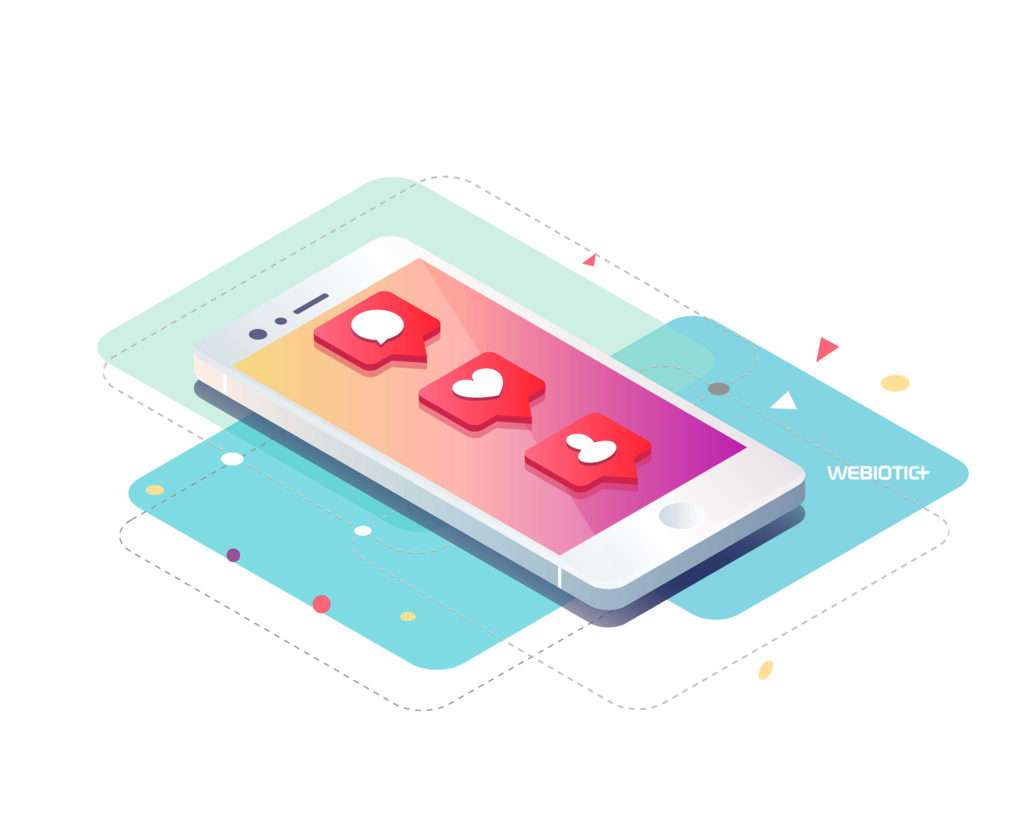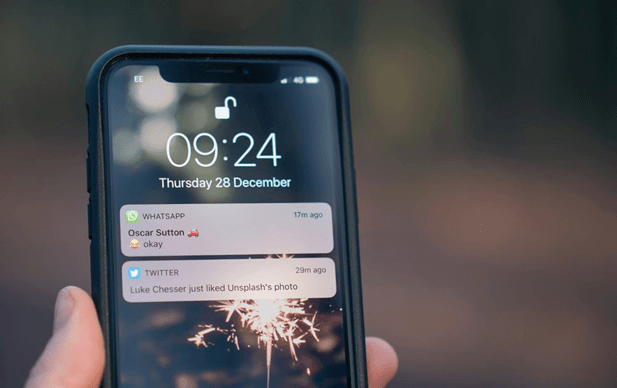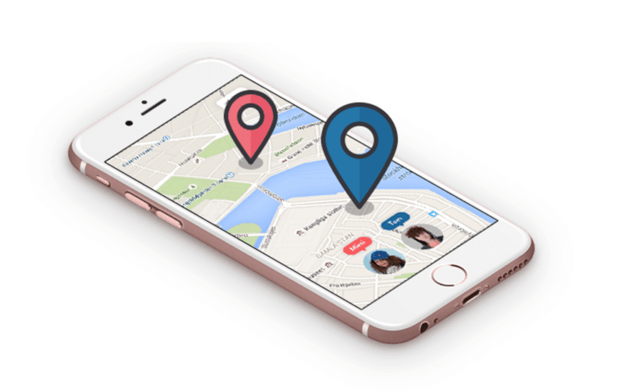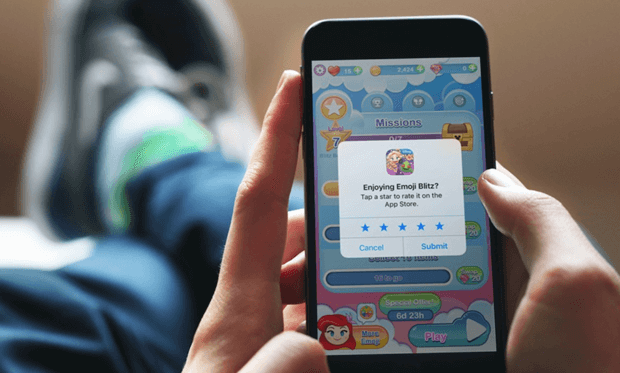
In today’s mobile apps, you’ll be hard-pressed to find any apps that don’t use push notifications, no matter the category, and it’s no wonder why. Roughly 91% of Android users and 43% of iOS users opt-in to receive these notifications, which of course gives way to customer retention and drives conversions.
In this article, we will cover how exactly push notifications work, and the benefits of push notifications in your app developing process and marketing.
Push notifications are basically alerts users receive in real-time from a mobile app and which slide in as a banner on their screen (depending on the device and phone settings).
They can be sent by app developers at any time and on any day. Best of all, users don’t even need to be logged into or using the app to receive a notification.
These kinds of mobile app notifications are the best way for companies and marketers to communicate with their users, but if not done with a careful strategy in place, push notifications can annoy users and lead to them dropping the app completely.
Below, we’re going to take a look at how your business can benefit from leveraging push notifications on your mobile app.

Leveraging push notifications on your mobile app can have a huge impact on your retention rate
In the world of mobile apps, user retention is a key indicator of how well your app is performing in the market.
This metric lets you see how many users who have downloaded your app and used it once come back to use the app again.
App developers are constantly addressing feedback from users and looking at other analytics, like what features users pay attention to most when making updates and modifying an app.
It’s all about bringing users back. If someone download’s an app, never again to return to it, there’s no value there.
According to data from Statista, 25% of mobile apps were downloaded by users worldwide and used only once in 2019.
Push notifications are one effective way at bringing back inactive users and can increase the retention rate by 3-10 times if implemented correctly.
Push notifications can be used to send users personalized offers, like discounts, thoughtful reminders, as well as news about the app.
It’s a way to gently nudge them and remind them that you’re there and that you have something valuable to offer.
In addition to increasing user retention, having a solid push notification strategy in place for your mobile app can also work to increase user engagement.
The power in push notifications is that it provides companies with an opportunity to interact with and engage with their app’s users when they’re not using the app. It’s a way of communicating directly with them.
While some companies have a whole complex strategy in place that analyzes user metrics and data to pinpoint what content should be in push notifications, it’s much simpler for a user.
All they have to do is tap on the notification banner that appears on their screen and that’s it. Message delivered! And it’s a direct line back to your app.
Deep linking within push notifications can help even more by bringing a user closer to the action.
This is a URL that will direct a user to a specific part of an app rather than just the front page.
It removes any extra steps and places them exactly where they would want to go by tapping on the notification.
For example, if you send out a push notification that wants users to update the app due to new features, you can deep link the push notification so that when a user clicks on it, it goes directly to the upgrade option in the app store, or it can even take the user to the section on the page in the app store that highlights the new updates.
Not only will push notifications help bring users back in to engage with your app, but it can also give them a call-to-action that will drive conversion rates, like offering a discount to get users to make a purchase.
Studies have shown that well-crafted push mobile push notifications can increase the conversion rate by four times. This is where segmented push notifications can save the day.
Segmented push notifications are essentially personalized messages. You split up your app’s users into smaller categories based on things like their interests, location, behaviors with your app, and more so that you can then curate a relevant and personalized push notification for that specific group.
Segmented notifications have a proven track record of effectiveness so it’s worth implementing if you want to work on driving conversion rates with push notifications.

Push notifications can increase your conversion rate if used wisely
Tracking and analyzing user metrics are paramount to an app’s success. Push notifications offer analytics with data on open rates, open times, delivery receipts, and engagement which can be leveraged to glean further insight on user behavior.
The more information on your users’ behavior, the better. It makes it easier to launch campaigns that will better connect with them.
Push notifications can also be used to enhance the user experience by providing useful information.
They can be used to provide users with the latest updates in your app, new promotions and offers, friendly reminders, or even birthday wishes.
Not only does this get the user’s attention, but the friendliness and personalization of a push notification will have a positive impact on how users view your app.
Keep in mind that this can also have the opposite effect. It’s easy to bother and annoy users with too many or irrelevant push notifications, so they must be crafted with care.
Now that you’re on board with push notifications and see the various ways in which it can benefit your business, let’s take a look at the different types of push notifications so you can start putting together a push notification strategy for your own mobile app.
Reminder notifications
Sending reminder notifications to users is a great way to help them with a specific task and to bring them back to the app.
It’s a win-win situation. You get user engagement and retention and the user is reminded to join a meeting or get started on their 7-minute workout routine.
Alert notifications
Alert notifications are a type of push notification that alerts a user when something happens in the app that is directly related to them, such as someone sending them a message, liking a photo, or commenting on a post of theirs.
This is especially common in social media apps like Facebook and Instagram.
Recurrent notifications
These notifications are sent out to an app’s users regularly at a specific date and time. They can also be sent out weekly, bi-weekly, monthly, or whenever you choose.
An example of using recurrent notifications would be Spotify. They send out timely notifications letting users know about new playlists or a new podcast episode that just came out.
Geolocation notifications
Using geolocation metrics provided by your app, you can send push notifications to users within a specific area, or when they leave or enter a location.
One example of how brands are using geo locations is the company Groupon. Their app will display different rewards and deals based on the city you’re in.
Travel website Expedia also use geolocation notifications to send travel deals based on a user’s location.

Use location based notifications when it’s appropriate to bring more value to your users
Catch-up notifications
These types of push notifications are useful because they work to re-engage users. An example of this would be if a user were to perform a task or accomplish something within the app, the app can congratulate them.
A fitness app can send a catch-up notification that may read “Great job! You ran 10 miles today!”.
Catch-up notifications work well to deepen the bond with your app’s users since they’ll begin to associate those feel-good moments and victories with using your app.
Promotional notifications
These notifications are messages to users that alert them of promotions your app is offering, like discounts, sales, and exclusive offers.
This is a popular way for companies to drive conversions while also re-engaging their customers.
For example, many travel apps like Kayak will allow users to set notifications for when there are flights or hotel deals on specific dates.
Promotional notifications push users to take an action like making a purchase.
These notifications can be applied to virtually any app category, from entertainment and games to shopping and fitness.
Purchase notifications
These are also valuable notifications and have to do with purchases users make within your app. It can contain information like order confirmation, order status, order updates, tracking, and receipts.
If users are spending money in your app, it’s important to keep them updated about the purchase they made so they feel at ease and aren’t wondering about it.
For example, if I book a hotel deal through the Kayak app and don’t receive any communication from Kayak about the purchase, I’m going to be wondering if the payment went through or if there was an issue.
A push notification is a great way to keep your customers in the loop when they spend money. Don’t Just rely on emails for communication.
Order and purchase notifications are often used by ecommerce, banking, and food apps.
Trivia notifications
Depending on your app’s industry, trivia-style notifications can be fun and creative messages sent to your users.
Buzzfeed is one company that does this well, but that’s because it fits with the company’s branding and content.
Sending some fun and entertaining push notifications can be a great way to re-engage your users.
Feedback notifications
Push notifications that request feedback from a user, like ratings or surveys, are a great way to see what users think about your app.
This is valuable information that can help your team further improve and optimize your app to increase user satisfaction, which of course will translate to increased user retention and conversions.
Feedback push notifications will often ask users to leave a rating for the app and then send a follow-up notification asking users to share the app with friends if they left positive feedback.
All notifications have similar goals—drive conversions, increase user retention, and boost engagement.
No matter what content they contain, push notifications are intended to be a gentle nudge to users and remind them that the app exists.

Asking for reviews, or feedback is a common way to engage with users and gain valuable insights
So how do you put together the best push notification strategy? Here are some tips on getting started:
- What’s the goal of your app? Think about what the main purpose is of your app. Are you trying to get users to purchase something, or do you just want them to engage with your content? Answering these kinds of questions will help you start to develop a plan.
- Bring in your marketing database – Having all of your marketing data in one place can be useful when customizing content and communication, like push notifications, in all your channels.
- Think about how to get your users to accept push notifications – In mobile apps, users can opt-in or opt-out of receiving push notifications, so you need to think about how you can entice them to opt-in. You can do this by showing them how they’ll benefit from your notifications. Let them know what kind of push notifications you plan on sending and the value they’ll get from them.
- Think about timing – The timing for sending push notifications needs to be well thought out. Incorporate timing into your strategy. Will certain user segments receive push notifications at one time depending on their location? Will certain times of the year affect when you’d like to send notifications?
- Optimize the frequency – Remember, less is more. You don’t want to pester users with never-ending promotional notifications. So spend time thinking about how many and how often you should be sending notifications.
- Personalize notifications – Tap into your user data to send personalized notifications based on things like their behavior in the app, location, and overall profile. This will maximize the notification’s relevance.
Mobile push notifications have long been a winning marketing strategy for mobile app businesses. With a thoughtful strategy in place, you can boost user retention, engagement, and conversion rates.
If you need help with strategizing, our Simple Starter package can help.
This includes a technical writeup which can be used during development, wireframe sketches, and user research.
There is no one-size-fits-all solution for push notifications. It takes time and planning to find the right approach for your mobile app that will grow and retain your user base.




